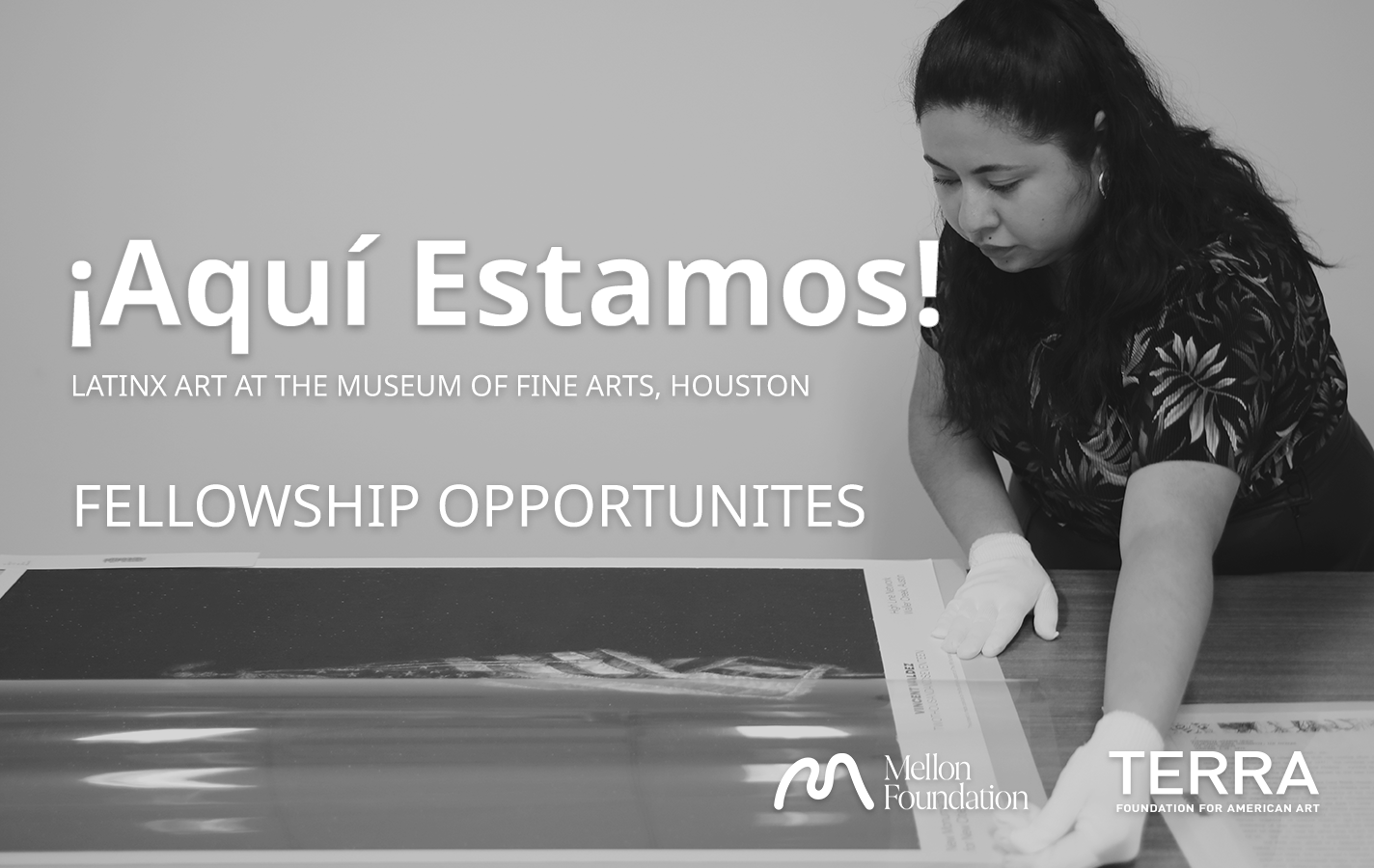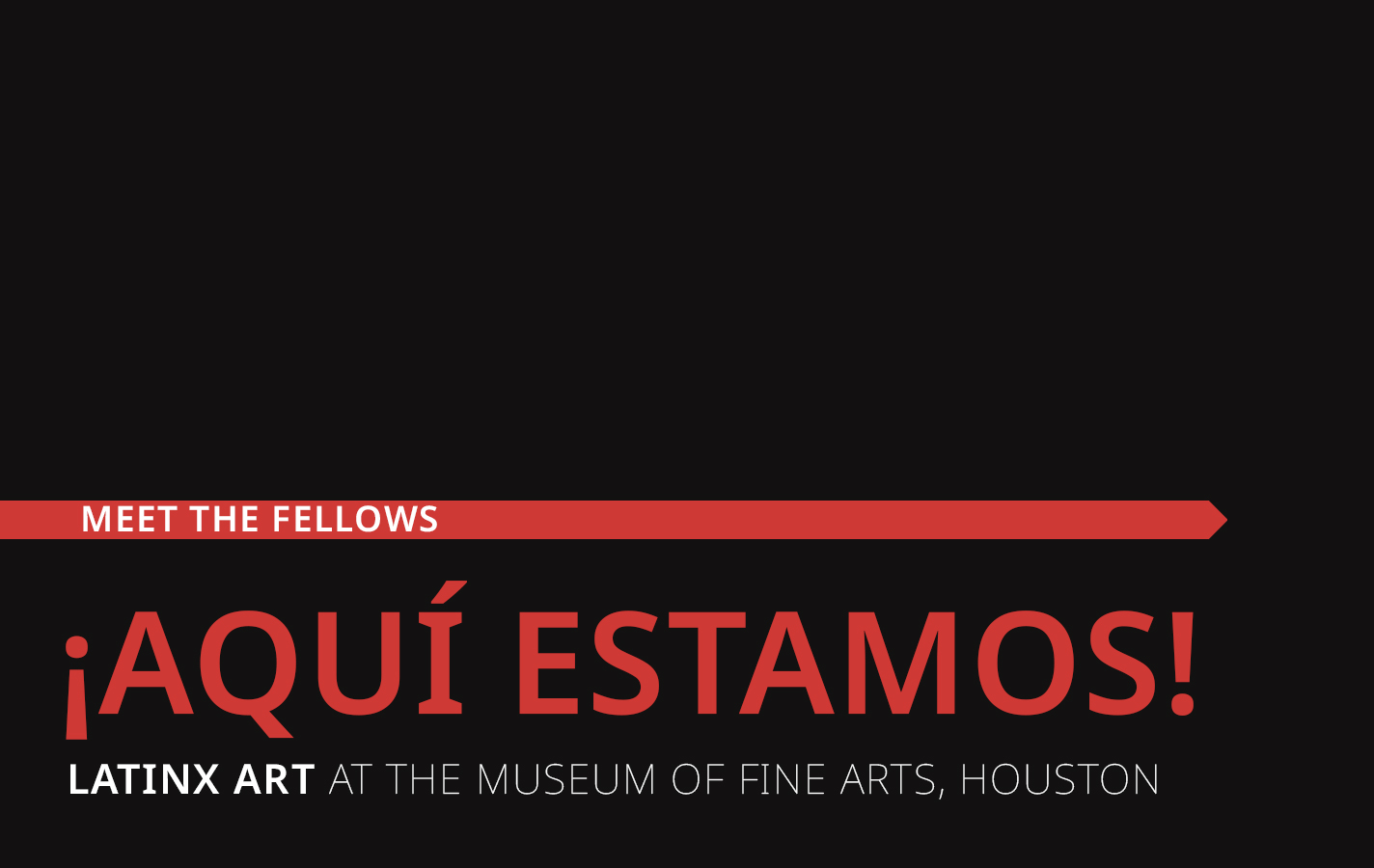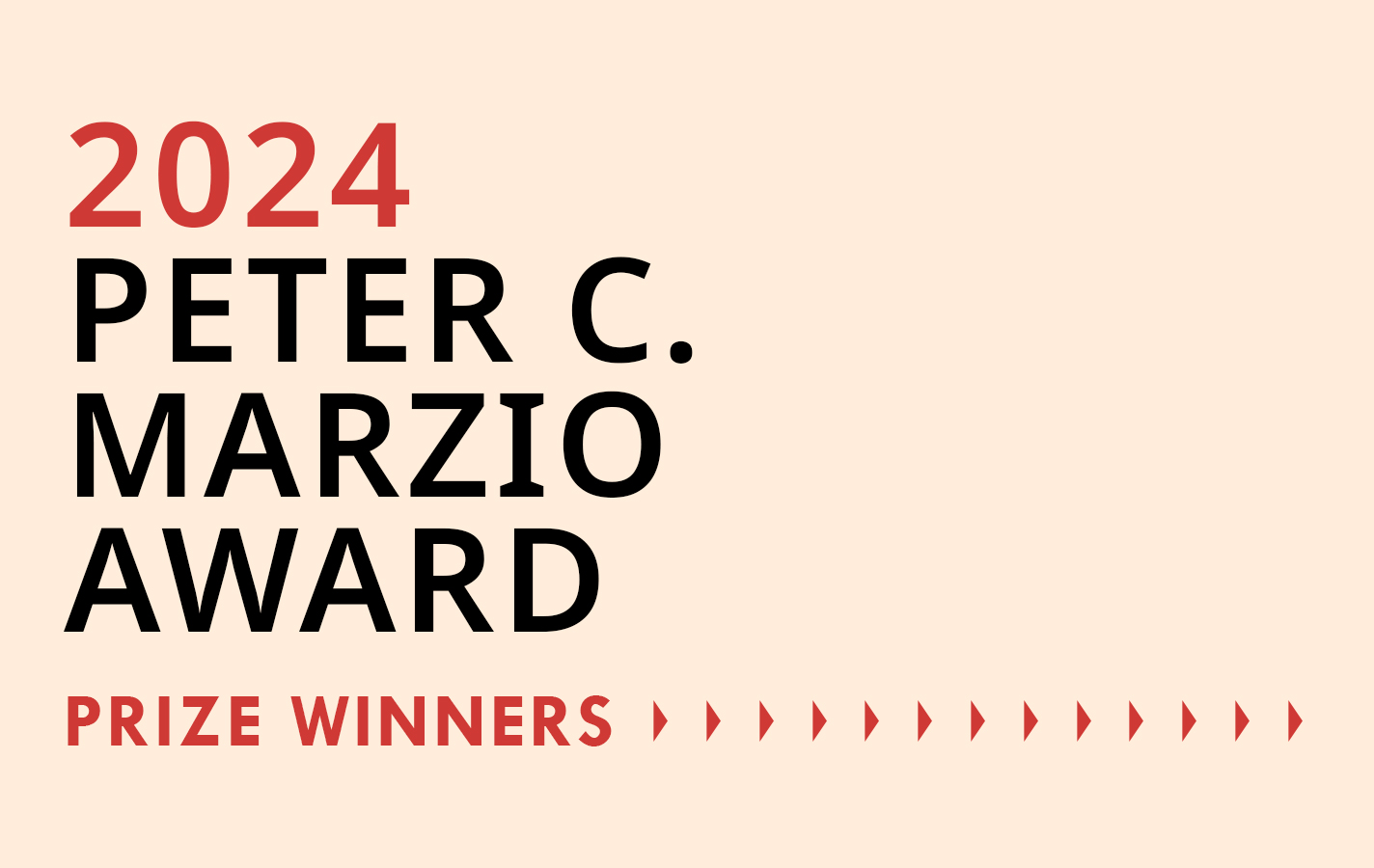September 1, 2022
I have had the privilege of participating in the Object-Based Learning (OBL) Latin American and Latinx art course twice, once in my undergraduate career and again in graduate school. I can, without a doubt, pinpoint this course as a turning point in my understanding of art and art history. The object-based learning methodology has also fundamentally changed the way I conceptualize and interact with the museum space.
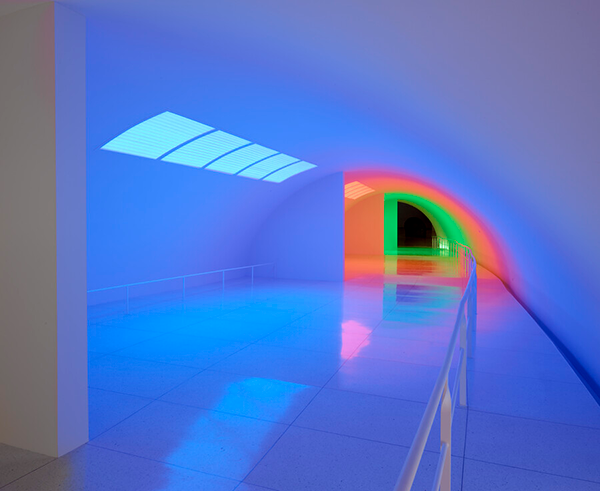
One of the main ideas that I feel the course instilled in me was the concept of “deceleration” when visiting a museum. I find it easy to get caught up in the excitement of everything to be seen in a museum and jump from object to object, only superficially observing their details. Similarly, like many students of art, I tend to approach an object of study with preconceived notions and predetermined conclusions as I have consolidated and absorbed the opinions of those who have researched the object before me. Visiting the object, then, can simply check a box on a list of research “to-dos” and does not significantly inform my scholarship.
To decelerate in the museum space means to take the time and engage in close looking at an object, spending what sometimes feels like an exaggerated amount of time dissecting an artwork, and observing it from every possible angle and configuration. The conclusions one draws are therefore based upon their own interactions and experience with the object of study rather than someone else’s ideas that may have been presented in readings or other supporting research. It can lead to original scholarship based on firsthand observations and experience.
When researching Venezuelan artist Carlos Cruz-Diez (1923–2019) for the OBL seminar, I ensured that deceleration was central to my research process. Before reading any scholarship about Cruz-Diez’s Chromosaturation (1965 / 2017, installed 2020), I spent a lot of time in the tunnel, sometimes by myself observing how the colors appeared in the space, and other times when the museum was crowded, observing how people interacted with the colors. One of the things I was struck by was the varied reactions to Chromosaturation. Some people walked straight through it as if it were a regular hallway; others stopped in the middle of the walkway, slightly blocking traffic as they were completely transfixed by how the color changed their skin and clothes. People stopped to take pictures or to compare how the color looked on their own clothes with that of their friends and family. Some people would stand on the boundary between two colors and let half their body be awash in pink, the other half flooded with blue, and allow the two colors to intermingle on their skin, painting them purple.
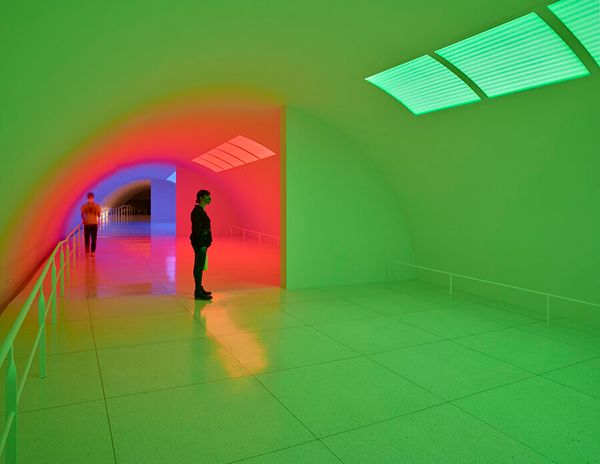
I brought this abundance of observations with me into my research and encountered a quote by Cruz-Diez where he describes the sun setting in his native Caracas. He says the “city becomes a chromatic spectacle… colors change by the minute as a consequence of the diffraction of sunlight, wind, and humidity. But people don’t see it. I call attention to it, through simplified means, so that people will discover it once again.” [1] This quote, paired with my observations, helped me realize that though Cruz-Diez’s work is rooted in a scientific exploration of color in space, it is also conceptually rooted in a profoundly humanistic sentiment of reinvigorating the senses and teaching people how to see again.
Zoie Buske is a graduate student at the University of Houston and former UH-ICAA Object-Based Learning fellow (spring 2022).
1. Carlos Cruz-Diez, Carlos Cruz-Diez: Color Happens, English ed. (Madrid: Fundación Juan March, 2009), 89.

